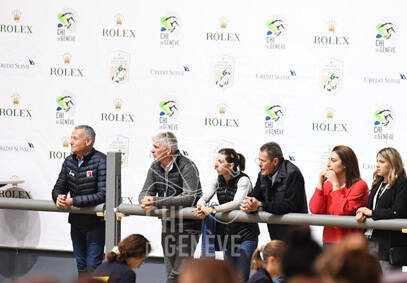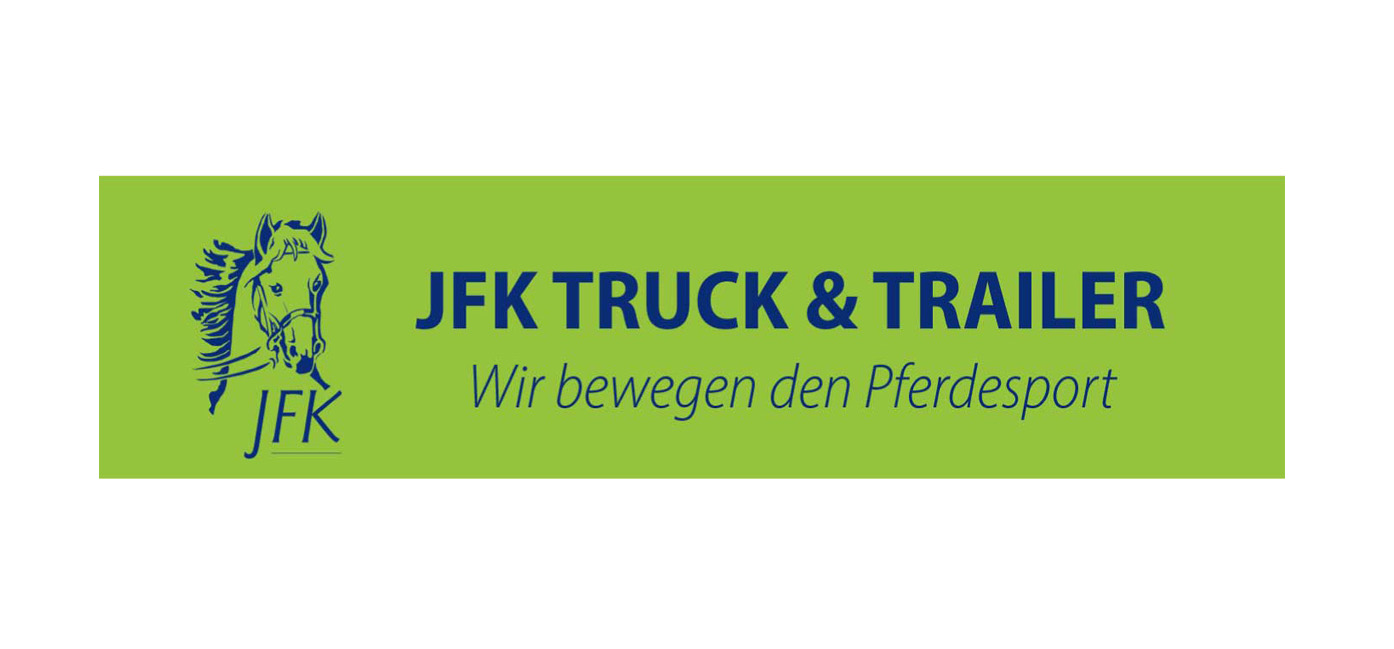Show jumping
Show jumping is CHIG's flagship discipline, and the best-known of all equestrian sports.
The rider and his horse must complete a course, made up of a certain number of obstacles, in a given order and time, according to the event's scale. The challenge is to get the horse to the right distance from the obstacle, so that he can jump it as easily as possible without making a mistake.
Rolex Grand Prix
This is a two-round event. In the first round, or initial round, the rider must be clear and within the time limit. The second round, called the jump-off, takes place only when at least two riders are clear or tied for first place. All riders tied for first place take part in the jump-off. The course for the jump-off is mostly made up of obstacles already present in the first round, with the number of obstacles reduced and sometimes raised by a few centimeters. The winner is the rider with the best result in the jump-off (penalties and time combined).
At CHIG, the Rolex Grand Prix closes the 4 days of competition. A stage in the Rolex Grand Slam of Show Jumping, this is the most prestigious event of the competition. The Dutch Masters de Bois le Duc, the latest competition to join the Grand Slam circuit, has also chosen this event format for its Sunday Rolex Grand Prix.
Unique events at CHIG
Rolex IJRC Top 10 Final
The world's top 10 riders compete in a two-round event. The 24th Top 10 Rolex IJRC Final will be held during the 64th edition of the CHIG. This is one of the CHIG's signature events, as only four finals have not been held in Geneva.
The combinations class
This is an A scale event with a jump-off, where the course is made up entirely of combinations.
Land Rover U25 Grand Prix
This new team attraction event was launched in 2017. Conceived by the CHIG sports committee, the idea is to enable talented young riders and horses to compete against the world's elite.
The events
Barème A with stopwatch
You have to be clear and as fast as possible to win this event.
Two rounds
This event consists of two different courses. All riders start in the first round, which is generally run on Barème A. At the end of this round, a predefined number of riders qualify for the second round. That's why the second round includes riders with no faults, as well as riders who committed faults in the first round. In the event of a tie at the end of the second round, a jump-off is held to decide the winner.
This format is also used for the Rolex Grand Prix of Aachen and the CP International presented by Rolex at the Spruce Meadows “Masters” in Calgary, both of which are major events in the Rolex Grand Slam of Show Jumping. The final of the Top 10 Rolex IJRC, often held in Geneva, also takes place in two rounds, but the second is run on the clock to avoid a third round.
The course
Obstacles
Generally speaking, event courses are made up of 10 to 14 obstacles for a total of 12 to 17 efforts (two efforts for a double, three efforts for a triple).
- Straight or vertical: all the elements of the obstacle are on the same plane. This type of obstacle can be built with bars alone, or with special elements such as hoists, underpinnings, fences, hurdles or bidets.
- An oxer: This is built with two parallel elements. The horse must jump both high and wide. Like the vertical, an oxer can be built with bars, but also with special elements.
- Spa or triple bar: Like the oxer, the Spa is made up of three parallel, progressive elements.
- Combinations: There are two types of combination: double (two obstacles), triple (three obstacles) or quadruple (four obstacles). A combination occurs when the obstacles are on the same line and separated by a maximum of one or two strides. A combination counts as one obstacle. A double is therefore an obstacle with two efforts, and a triple is an obstacle with three efforts. This is why, in the event of disobedience, the rider must clear the whole combination.
- The wall: This is a solid obstacle, generally made up of cubes forming a whole. The fall of one or more of these cubes penalizes the rider with four points.
Obstacle elements
- Stanchions or uprights: Elements placed on either side of the obstacle to hold the bars.
- Palanque or Brussels: thin, flat board.
- Sub-base: Element placed at the foot of or under the obstacle.
- Bidet: Placed under the obstacle, the bidet is an element containing water. Sometimes hollowed out, it is a kind of water basin above which an obstacle is placed.
- River: A body of water, generally 3 to 4 meters wide, which horses must jump over without touching. A lath (plasticine, with possible imprints) determines its limit. Some rivers can be “barred”, i.e. a small obstacle can be placed in front of it.
Faults
- Fault: Each fallen bar is penalized by 4 points.
- Evasion: When the horse passes by the obstacle, it is a case of disobedience. One stray is penalized by 4 points, and the second stray results in the rider's elimination.
- Refusal: This is also disobedience, when the horse stops in front of an obstacle. The first refusal is penalized with 4 points, the second with elimination.
- Exceeded time: As soon as the rider exceeds the allotted time, 1 penalty point is deducted for each group of four seconds exceeded.
- Elimination: For two disobediences or when the rider falls, takes the wrong course or leaves before the jury has given the start.






































